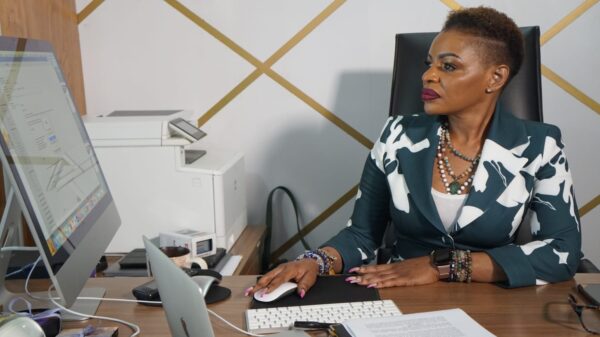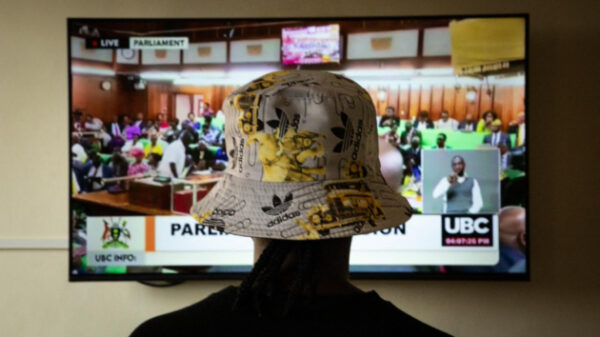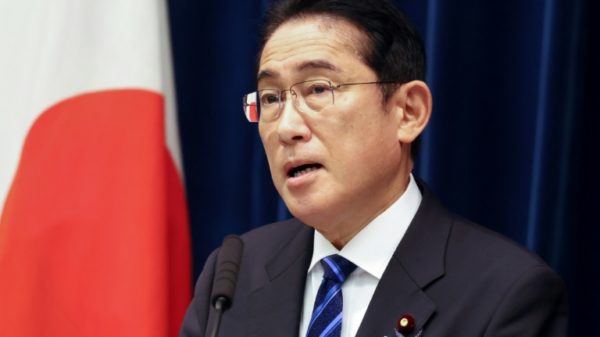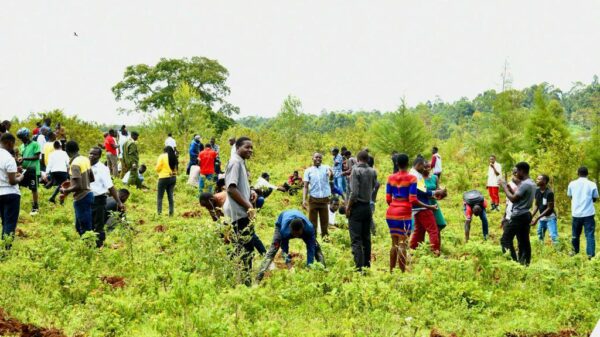NAIROBI, Kenya, April 25 – Automobile assembling firm, Toyota Kenya, has developed a Bridge Mechanical Ventilator as an emergency use resuscitator system to support patients with COVID-19 respiratory failure.
The firm’s Managing Director, Arvinder Reel said the car manufacturer had taken up the call by President Uhuru Kenyatta for local companies to come up with easy-to-deploy local solutions in the battle to contain the spread of coronavirus.
“It is recognized that the surge in COVID-19 is requiring extraordinary measures that include the provision of mechanical ventilator support to keep pace with clinical need at our healthcare facilities,” said Reel.
Designed to enable rapid large-scale development and deployment, the easy-to-use Bridge Mechanical Ventilator has been made from locally sourced components which can be easily replicated to avert the COVID-19 pandemic.
The automobile assembler is now awaiting the necessary approvals to be able to develop up to 20 Bridge Mechanical Ventilators per day.
The ventilator support needs of a COVID-19 patient can range from simple BIPAP (bi-level positive airway pressure) for patients that are breathing spontaneously to mandatory ventilation in either a pressure-support or volume control mode.
Some of the symptoms that COVID-19 Patients develop include fever and dry cough, while others find themselves unable to breathe.
But in most severe cases, one biomedical device becomes indispensable: the ventilator.
According to the University of Technology in Sydney in Australia, the ventilator is the difference between life and death for people with severe covid-19.
In critical COVID-19 infections, a patient’s lungs become so damaged they can no longer breathe.
To remedy this, doctors use the ventilator which takes control of breathing; it mixes oxygen with air, warming the gas and pushing it into the lungs. Its static, mechanical thrums count out each breath.
Global estimates suggest around 5 per cent of COVID-19 patients will require intensive care involving a ventilator. Ventilator shortages in the worst-hit nations, such as Italy, have already forced health care workers to choose who gets to live.
The pandemic is inspiring a wave of innovation and rapid development of new and improved ventilation devices that could be key to keeping the coronavirus in check until a vaccine or effective, standardized treatment comes along.
Of worth to note are efforts by 16 Kenyatta University students who came up with a low-cost ventilator prototype to help in the fight against COVID-19.
The students took up the initiative after it was established the country could face a shortage of ventilator machines should critical virus cases spike.















































